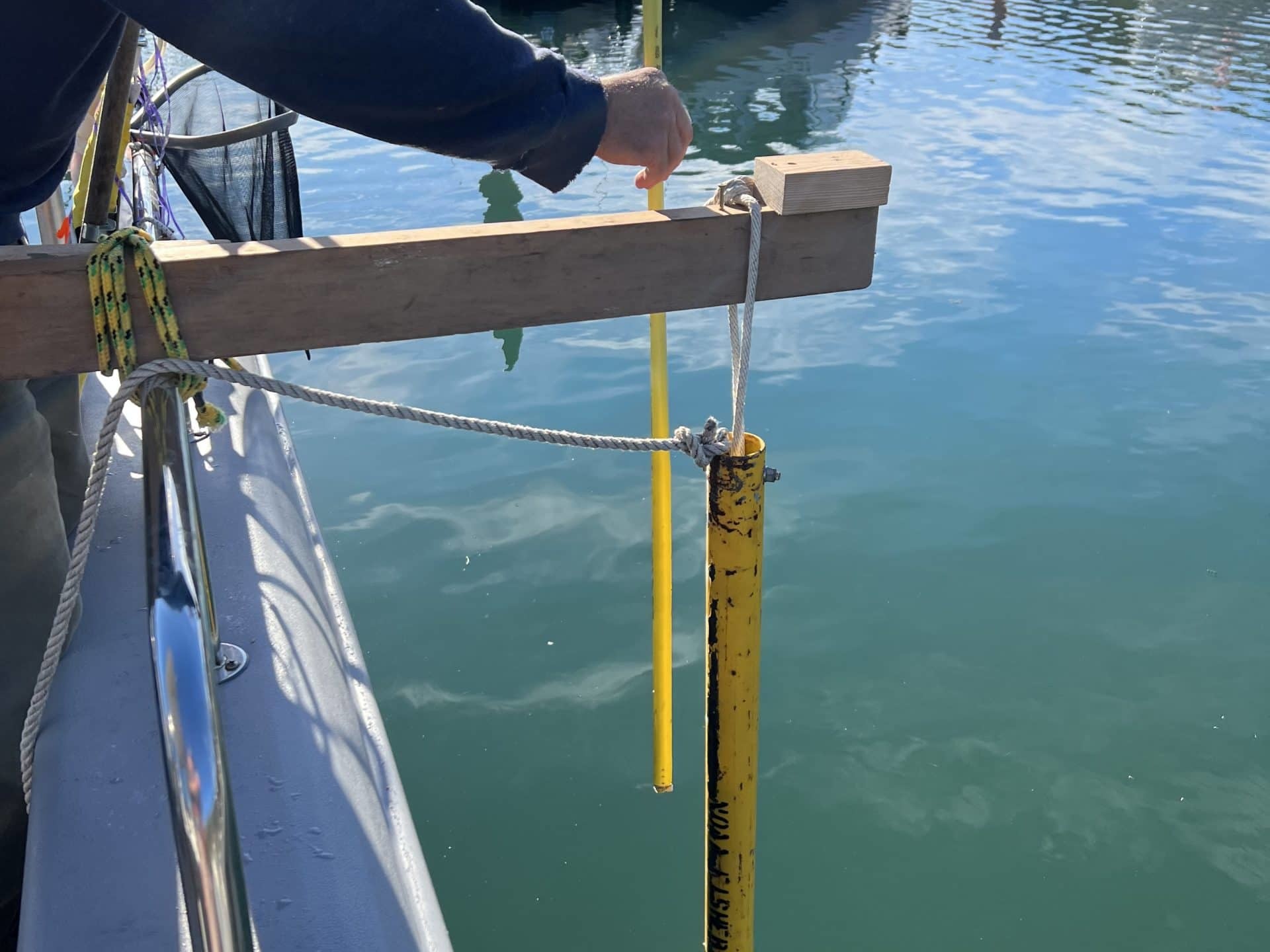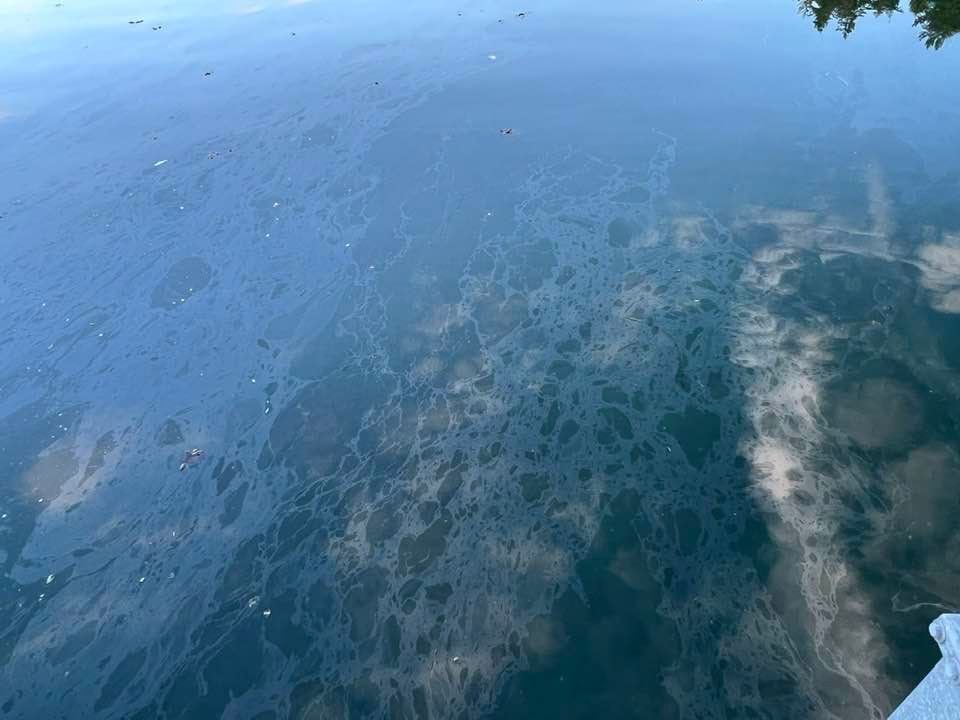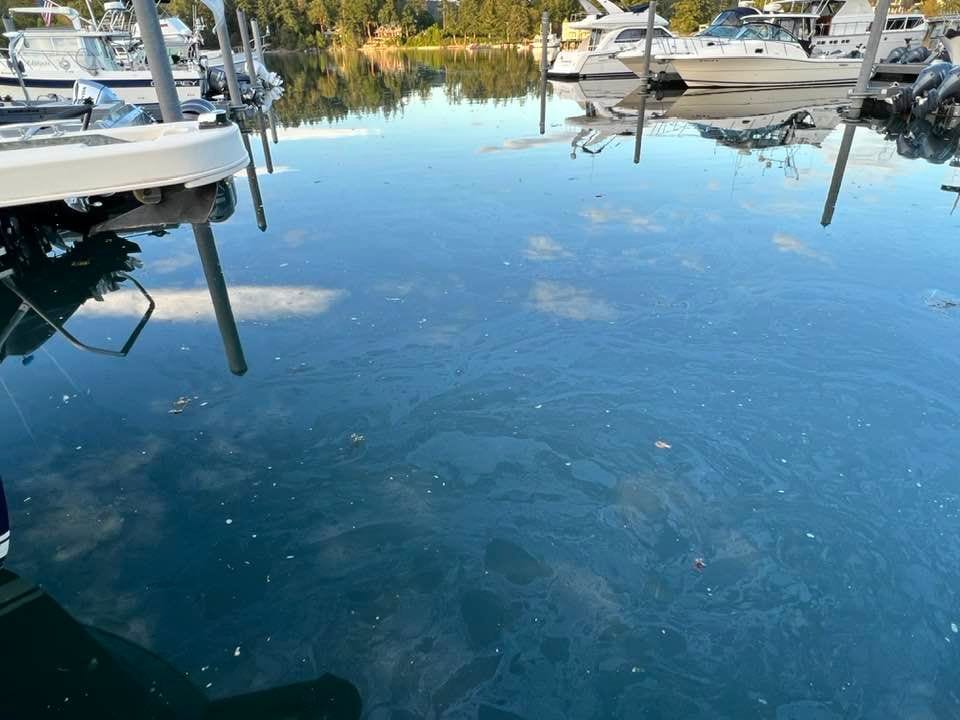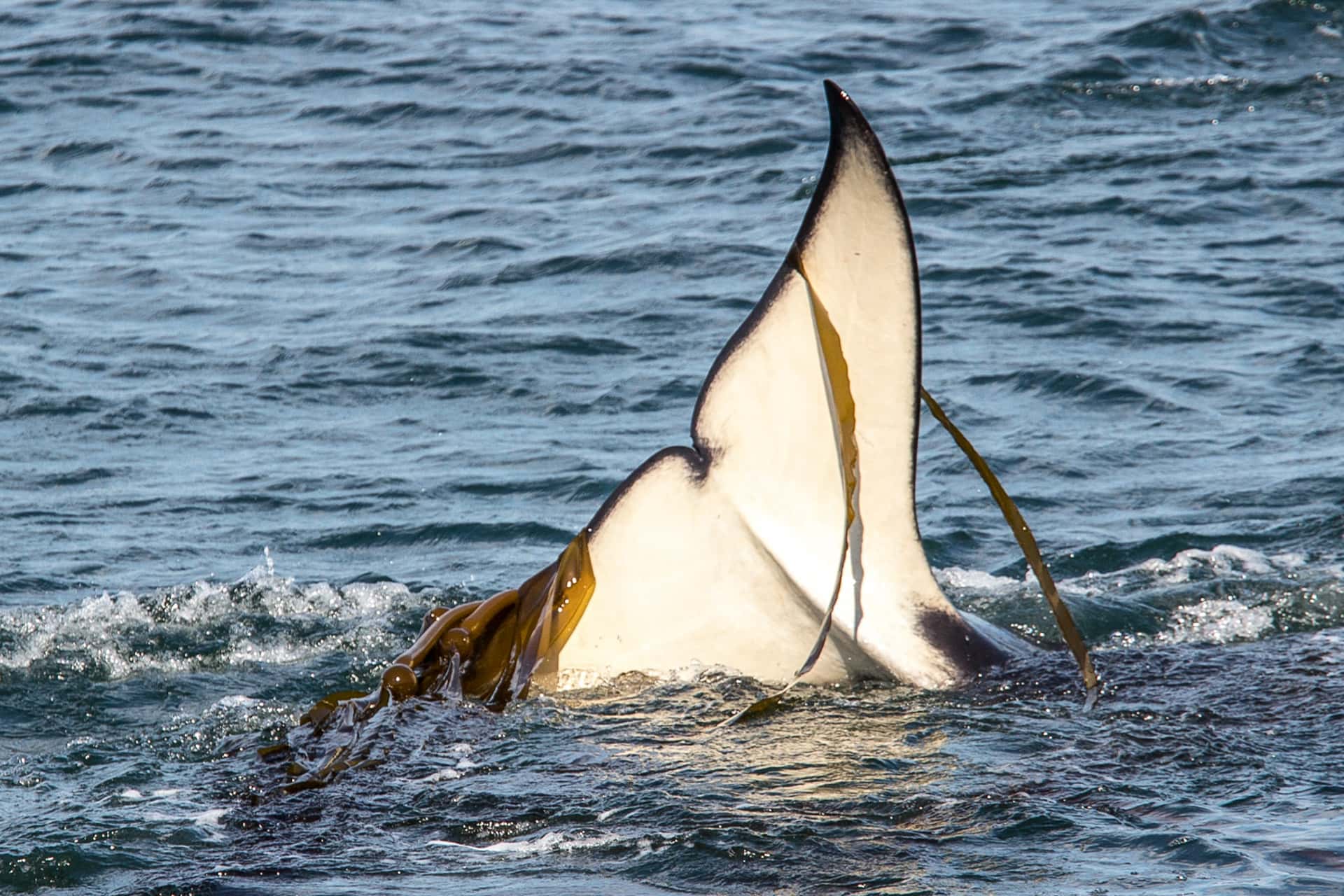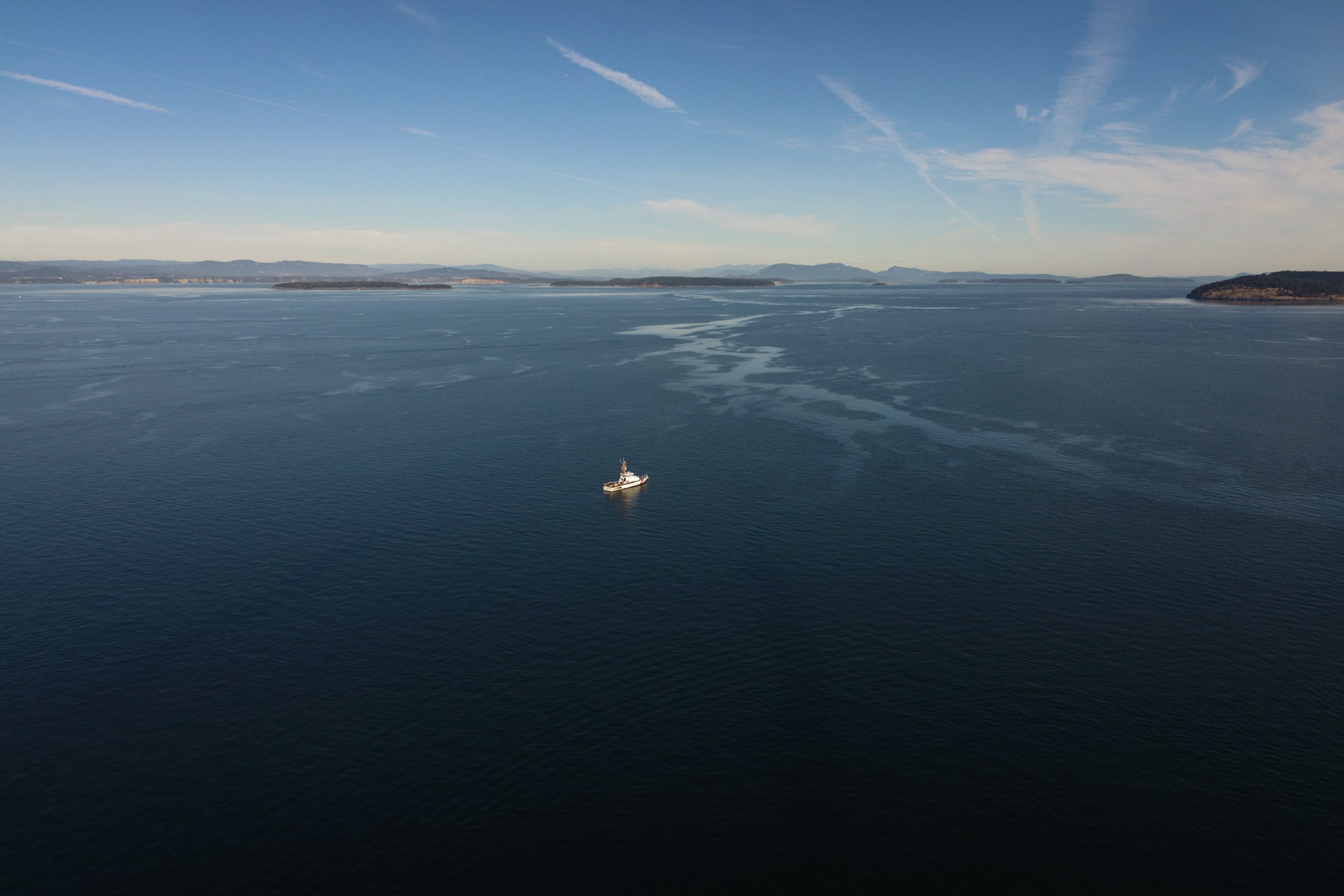
How is Wild Orca Responding?
Wild Orca is working as part of a team of coordinated responders, operating under NOAA’s Spill Response Plan. As these whales rely heavily on their acoustic abilities, hazing—by creating noise—may deter them from the immediate area. We have outfitted our research vessel Cheena with an “oikomi pipe” supplied by NOAA, to be used to generate a deterrent noise.
Updates
- Tuesday, August 16 | Wild Orca participated in on-the water-drills to prepare for the possible return of Southern Resident killer whales to the contaminated area.
- Monday, August 22 | Wild Orca remain on standby into this the second week, so that should the whales return we can join the deterrent team on the water.
- Thursday, August 25 | Wild Orca took part in another drill on in anticipation of vessel recovery resulting in an additional release of diesel
- Thursday, September 17 | The Aleutian Isle has been raised to the surface. Recovery crews removed 250 gallons of waste oil and are trying to remove any diesel fuel remaining onboard. A diesel sheen was spotted on the water. Southern Resident killer whales have not been located in the area.
Where are the Southern Resident killer whales now?
60 Southern Residents left the Salish Sea via the Strait of Juan de Fuca on the morning of Sunday August 14—the day following the incident, and were seen heading out to the Pacific Ocean. This included K pod, who had arrived in inland waters just a few hours earlier, but who have otherwise been absent in these waters in recent months. The other members of L pod not seen in inland waters on Sunday are assumed to be safely offshore also.
Researchers are monitoring sightings reports as the return of these whales to the Salish Sea is possible, given that this is their summer foraging area.
What about cleanup and recovery?
Cleanup crews have been onsite deploying booms and attempting to contain some of the spill since Sunday, August 14. On Monday, August 15, a diving and salvage vessel arrived to work to try to secure the wreck, and contain the fuel.
It was confirmed on Tuesday, August 16 that the vessel had slipped into 200-foot deep waters, and divers were unable to safely reach the wreckage.
As of Monday, August 22 the salvage and recovery operation is ongoing in very challenging conditions, as the vessel remains inaccessible, although a recovery may now be be attempted on Friday, August 26.
Here’s an excerpt of an update from someone on the front line: Brendan Cowan, Emergency Management Director for San Juan County:
What’s the back story?
On Saturday, August 13, an oil spill was reported off the west side of San Juan Island, in the heart of the Southern Resident killer whales summer feeding grounds.
According to a tweet from the U.S. Coast Guard arriving on-scene: “A 49-foot fishing vessel sank with an estimated 2600 gal diesel/oil onboard.”
As members of all three pods of the Southern Resident killer whales had returned just hours earlier to the Salish Sea, there was an immediate concern for their safety.
Read: Why oil and orcas don’t mix
What happened after the incident?
Coordination began immediately between NOAA, the Department of Ecology, and killer whale scientists, including Wild Orca’s Dr. Giles. Wild Orca’s research boat was put on standby to assist in deterring the whales should they approach the spill.
Why is this important?
Killer whales do not instinctively avoid oil spills. This was made apparent after the Exxon Valdez spill in Alaska. The long-term impacts have been devastating for the Alaskan pods who were observed swimming through the slick.
Continued below...
We Need Your Help
Support our response efforts today.
What else can I do?
We know that at times like these, we all want to do what we can. We have a number of ways you can support the Southern Resident killer whales, and Wild Orca’s health monitoring program.
Speak Out
One of the best ways to help is to Take Action, especially by writing letters and making phone calls. Each action has sample letters or comments, making it quick and easy to take meaningful action.
Act
This event has highlighted that state and federal agencies need to be able to respond faster and more effectively in the event of a spill or leak leading to water contamination. In the coming days we will prepare opportunities for individuals to use their voice to call for more effective measures, and accountability for future incidents.
Together we can make a difference
Bold, decisive actions are needed now to save these whales from extinction. Your voice and support can make a difference. Thank you!



